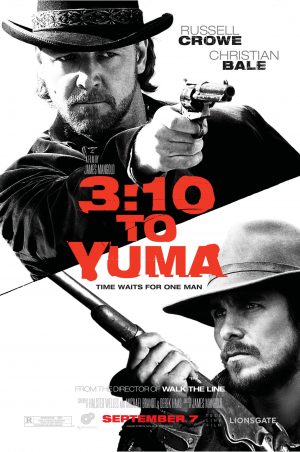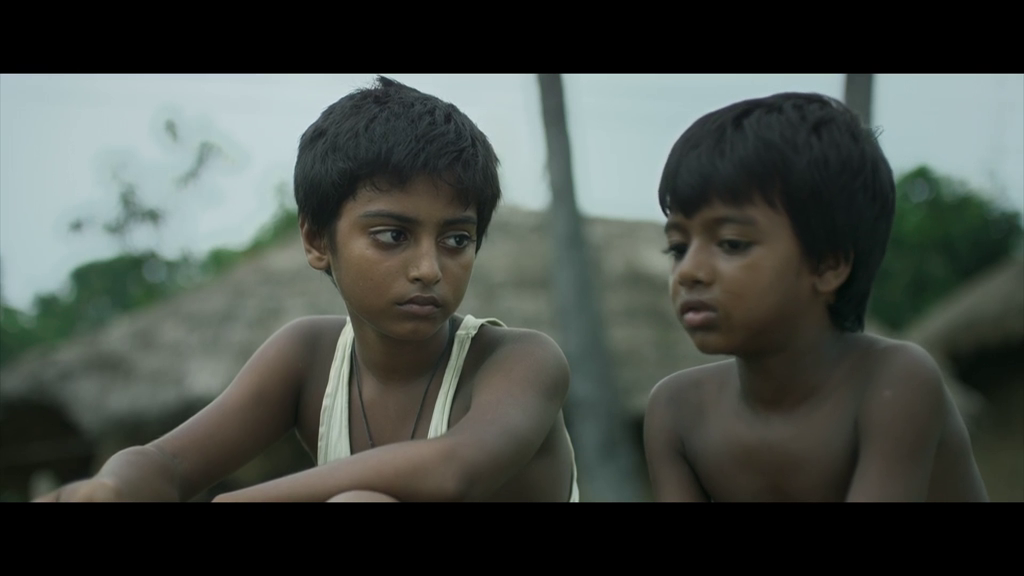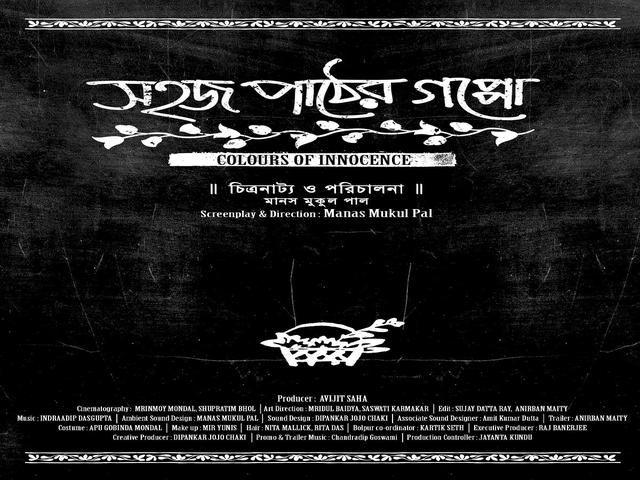
A question about religious beliefs is thrown and the audience is left wondering who the actual sinner is.

Chotu, truthful as always, asks his brother if God would be angry for committing a sin. This was a clever contrast to a moment earlier when Gopal steals a couple of eggs during one rainy afternoon. The lady ignores the child completely, perhaps taking it as a gift for the ‘God’. As he leaves hesitatingly, almost pleading for an invite with each retreating step, the audience can only hold on to their tissues. The child-like purity and the fantasy of a ‘good wins all’ fairytale drives Chotu into ‘gifting’ a sack of Palmyras to the rick old lady for the festival. Manas had used this hope of a child to bring about the heartlessness of socioeconomic divide and wills the audience to breakdown into tears after confronting them with the harsh truth. This contrast is told heart-wrenchingly with dreamy eyes and endless hope that keeps them alive.

While Gopal molds into a practical businessman, opting to sell the Palmyra fruit to the local lord’s house for a festival, Chotu retains his innocent fervor, daydreaming about his invitation to the festival and believing a donation of the fruit would increase their chances of tasting the manna-like pulao. The innocence takes off in different shades, painting the mentalities of the brothers and transforming them into separate individuals. Manas had expertly shown the difference in the mindset of two young boys under similar circumstances. Circumstances lead Gopal to become more mature and fancy himself as the breadwinner for the family while his younger brother Chotu harbors daydreams out of his wilful innocence. At an age to learn from Vidyasagar’s ‘Sahaj Paath’ (Hence the title), the kids are left to scrounge for menial jobs in order to provide for food. His small boys, Gopal and Chotu along with their grief-stricken mother is left to fend for themselves. When a poor rickshaw puller meets with an accident, his entire family falls into shambles due to the block of income. Unlike the former, this story didn’t have the character depth, but harbored an innocent emotion that couldn’t be ignored. Much like ‘Pather Pachali’, this film embodied the village itself as a principal character of the story. Manas, in ‘Colors of Innocence’, had fervently studied Satyajit’s book on neo-realistic filmmaking but never copied from it. Satyajit Ray had proven it in ‘Pather Pachali’, making it into one of the best movies of all time. There is just too much pathos and only a brilliant director can put a leash on it. The real challenge in adapting these stories is to prevent the film from going overboard with the emotions. Most of Bhibutibhushan’s tales tend to focus on the poverty stricken lives of the villagers and their constant exploitation by the ever existent feudal class. One such director is Manas Mukul Pal, selecting Bhibutibhushan Bandhopadhyay’s short story ‘Taalnabami’ as his inspiration for his debut feature, ‘Colors of Innocence’ (Sahaj Paather Goppo). It seldom fails to attract and even the present students of neo-realism prefer to inaugurate their career with the villages.


If the post-world war urban cities were the back drop for the emergence of Italian neo-realism, its Indian counterpart found their roots amidst the tall rushes, banana plantations and hyacinth covered ponds of rural Bengal. It holds a certain romanticism for the intellectual breed of Bengalis, with several others choosing this subject in their creations. The legendary auteurs, Satyajit Ray and Ritwick Ghatak, too have placed their cameras on the lush green fields and captured the muddy lanes on the celluloid. The authors like Bhibutibhushan Bandhopadhyay and Sarat Chandra Chattopadhyay have lived their lives in the mud houses and penned down the shabby lives into evergreen stories. The rural pastures of Bengal have always provided fodder for the artists to work their magic on.


 0 kommentar(er)
0 kommentar(er)
